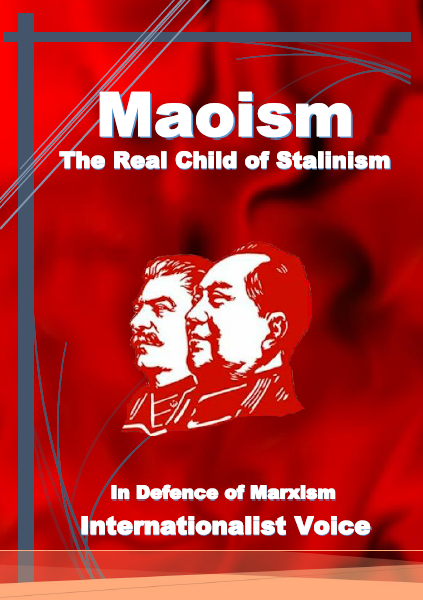Trotsky and Trotskyism – How Trotskyism was integrated into the left of capital
A new book has been published!
Table of Contents:
- Introduction
- Trotsky and the Revolution of 1905
- Trotsky in Zimmerwald
- Trotsky and His Role in the October Revolution
- Trotsky and the Treaty of Brest-Litovsk
- Trotsky and the Treaty of Rapallo
- Trotsky and the Civil War
- Trotsky and War Communism
- Trotsky and the New Economic Policy
- Trotsky and the World Revolution
- Trotsky and the Transition Period
- Trotsky and the Thesis of Socialism in One Country
- Trotsky and Substitutionism
- Trotsky and the Decline of Capitalism
- Lenin’s struggle Against Bureaucracy
- Trotsky and Appeasement with Power
- Trotsky and the Platform 46 People
- Trotsky and the Communist Left
- Trotsky and the Workers’ Opposition
- Trotsky and the Kronstadt Tragedy
- Trotsky and the United Front
- Trotsky and the Last Resistance of the Opposition
- The Break Between Trotsky and the Communist Left
- Trotsky and the Nature of the Soviet Union
- Trotsky and the Political Revolution
- Trotsky and Entrism
- Trotsky and the Rise of Nazism
- Trotskyism and the Events in Spain
- Trotsky and the Formation of the Fourth International
- Trotskyism and the Transitional Program
- Trotskyism and World War II
- Trotskyism and the Concept of Imperialism
- Trotskyism and the Material Force of the Socialist Revolution
- Trotskyism and the Crisis in the Counter-Revolutionary Camp
- Trotskyism and the Imperialist Wars
- Trotskyism and the Trotskyists
- Trotskyism in Iran
- Summary and the Last Word














